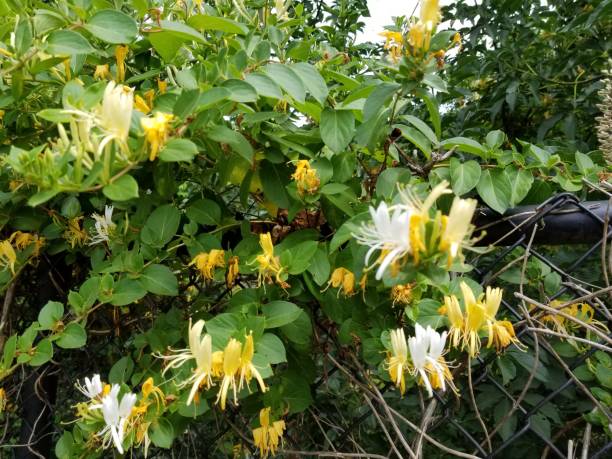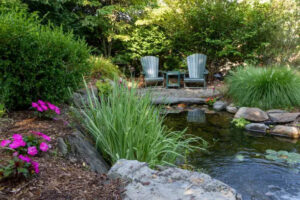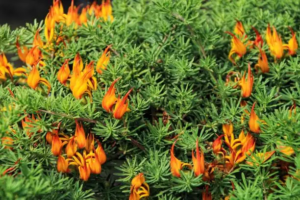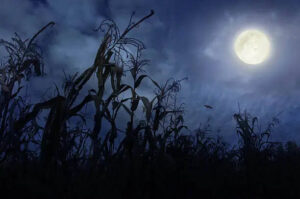An invasive plant is a non-native plant species that has been introduced to an ecosystem and can cause harm to the environment, economy, or human health. Invasive plants are able to outcompete native plant species, disrupt natural habitats, alter soil chemistry, and reduce biodiversity. They often spread quickly and aggressively, crowding out native species and altering the composition of entire ecosystems.
Invasive plants can be introduced intentionally or accidentally, for example, through the ornamental plant trade, agriculture, or as a result of transportation. Once established, invasive plants can be difficult to control and can require costly management efforts.
It’s important to be aware of invasive plant species in your area and take steps to prevent their spread. This can include avoiding planting invasive species, removing them if they are already present, and reporting any sightings to local authorities. By taking action to prevent the spread of invasive plants, we can help protect the health and diversity of our ecosystems.
There are several invasive plant species that should be avoided when planting, as they can cause harm to local ecosystems by outcompeting native plant species and disrupting natural habitats. Here are some common examples of invasive plants:
- Chinese privet (Ligustrum sinense) – This shrub can form dense stands that outcompete native vegetation, reducing biodiversity and altering natural habitats.
- Japanese honeysuckle (Lonicera japonica) – This vine can grow rapidly and smother other plants, reducing biodiversity and altering forest ecosystems.
- Kudzu (Pueraria montana) – This vine can grow up to a foot per day and can smother other plants and trees, reducing biodiversity and altering natural habitats.
- Cogongrass (Imperata cylindrica) – This grass can form dense stands that outcompete native vegetation, alter soil chemistry, and increase the risk of wildfires.
- Chinese tallow (Triadica sebifera) – This tree can invade forests and wetlands, outcompeting native species and altering natural habitats.
- Japanese climbing fern (Lygodium japonicum) – This fern can grow over other vegetation, smothering native plants and altering forest ecosystems.
- Nepalese browntop (Microstegium vimineum) – This grass can form dense mats that outcompete native vegetation and alter natural habitats.
- Japanese knotweed – This fast-growing plant can quickly take over areas and damage building foundations.
- Purple loosestrife – This flowering plant can form dense stands and crowd out native wetland species.
- Giant hogweed – This plant can cause severe skin irritation and can outcompete native species.
- Multiflora rose – This thorny shrub can form dense thickets and outcompete native vegetation.
- English ivy – This vine can climb trees and cause damage to the bark, which can lead to the death of the tree.
- Bamboo – Running bamboo can spread through underground rhizomes, which can quickly take over an area and outcompete native vegetation. This can lead to a loss of biodiversity and other negative impacts on local ecosystems. For this reason, it’s important to carefully consider the species of bamboo before planting and to take steps to contain running bamboo if it is used in landscaping.
When planning a garden or landscape, it’s important to research the plant species to ensure they are not invasive in your area. Always choose native species, as they are better adapted to the local environment and provide important ecosystem services.










